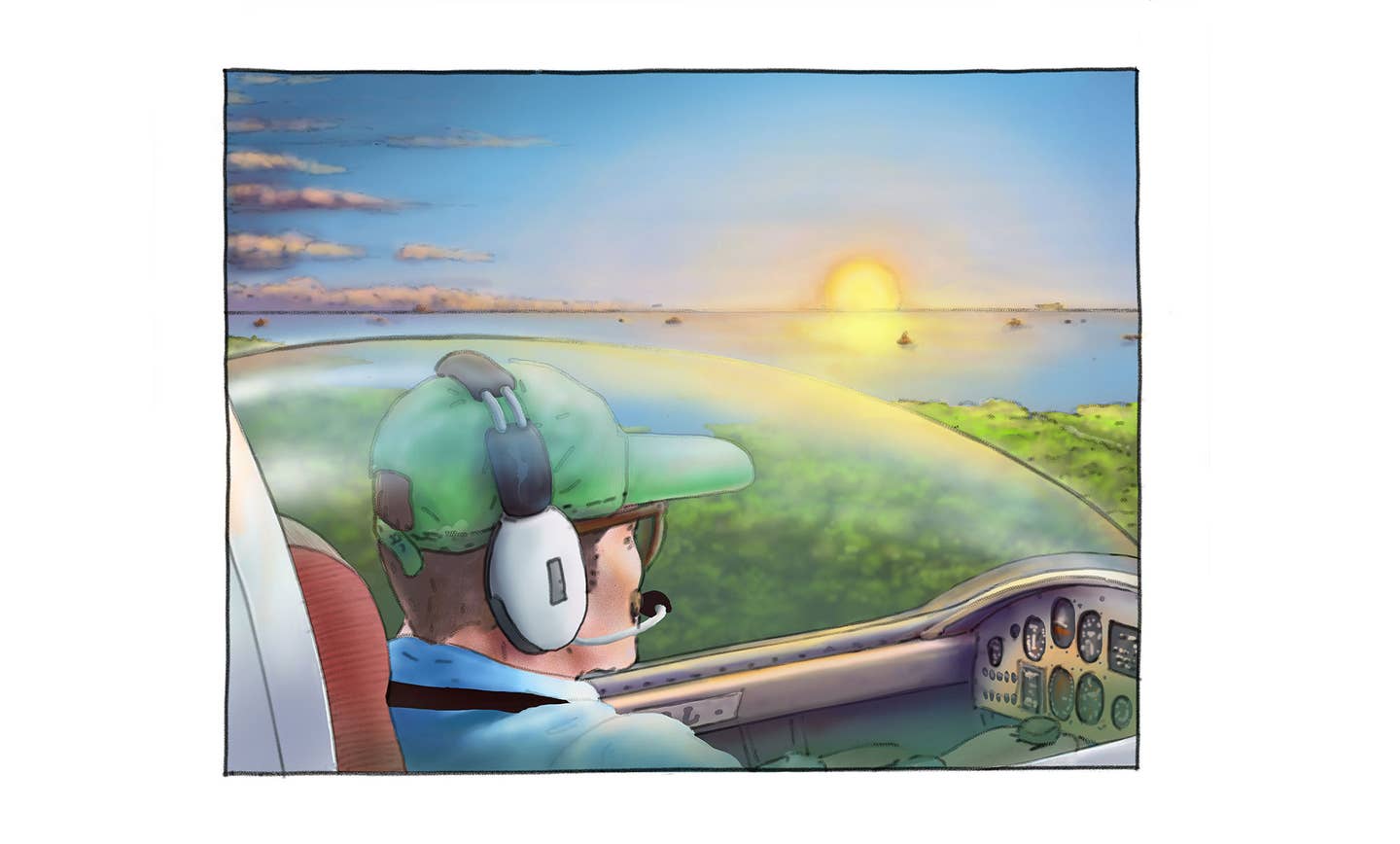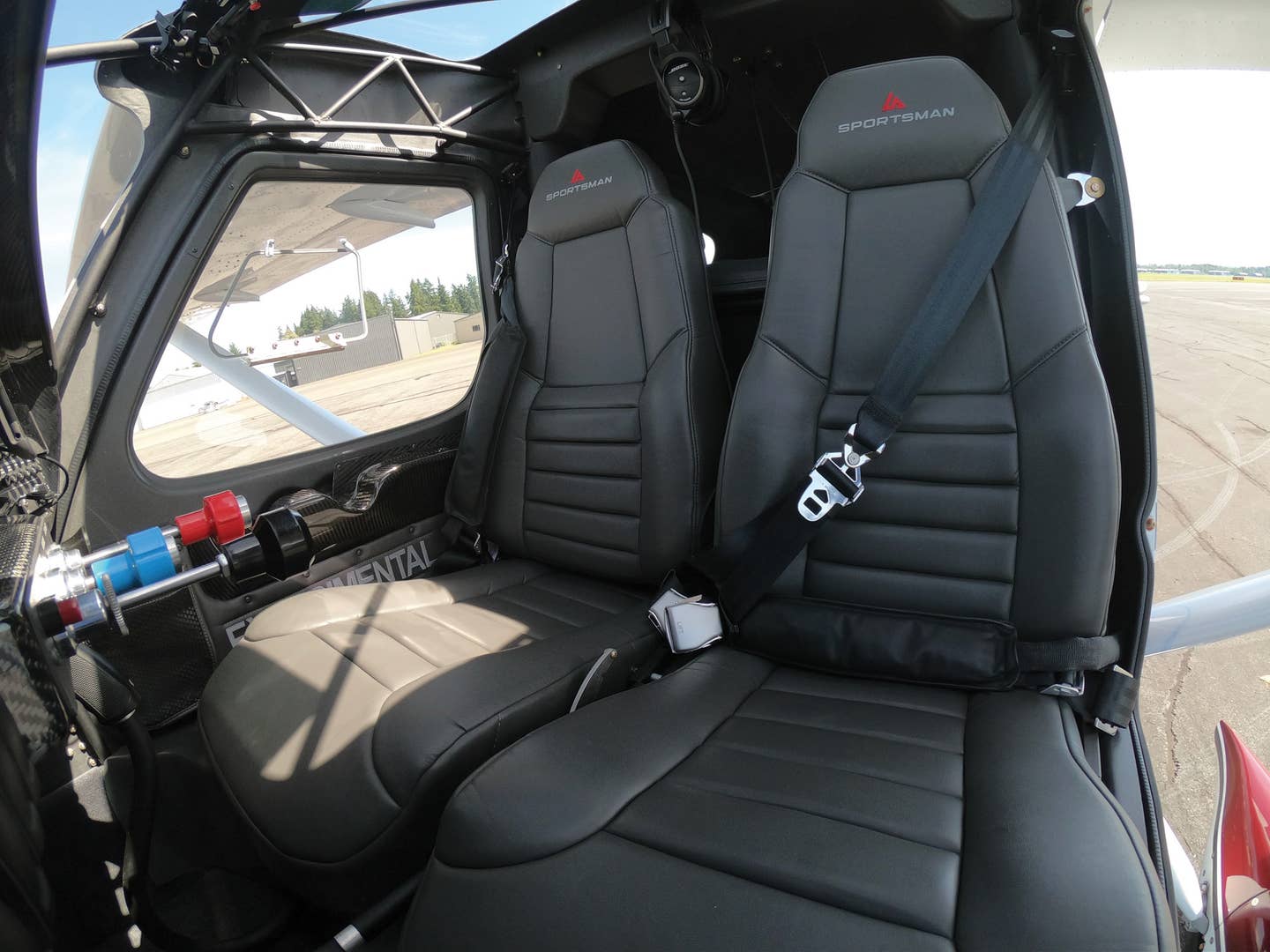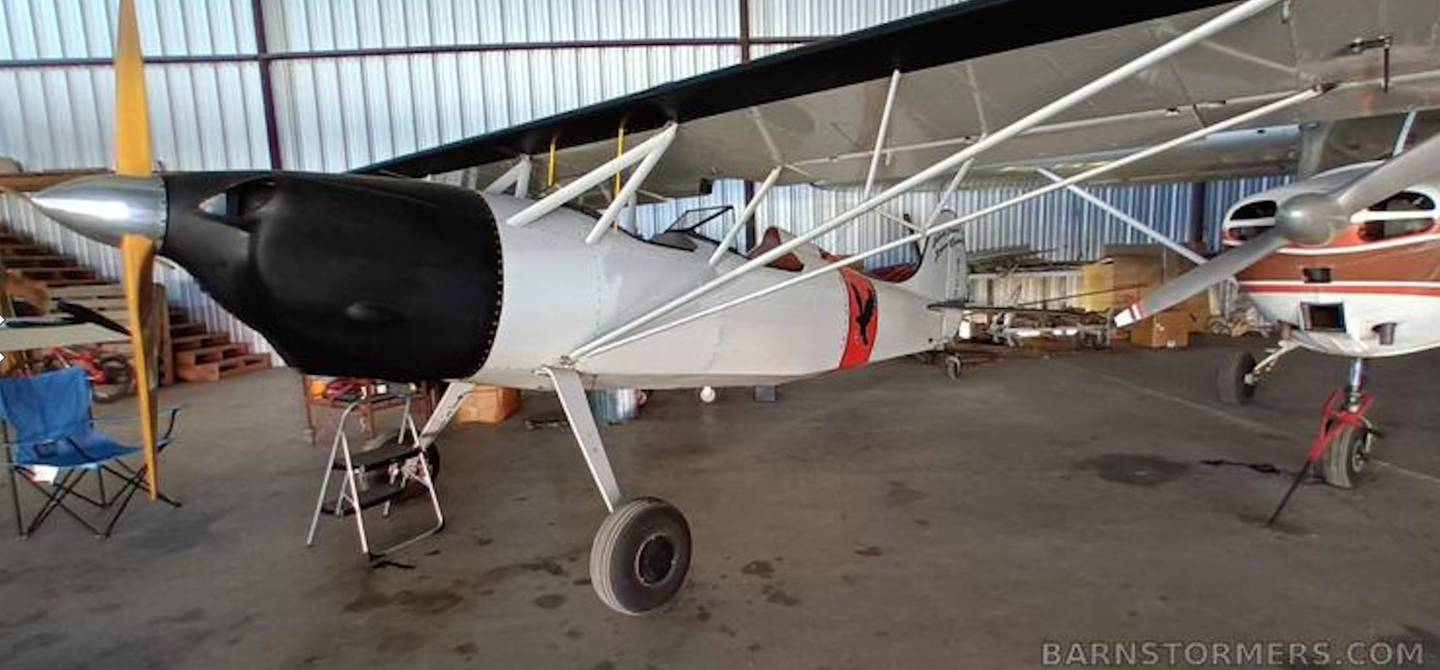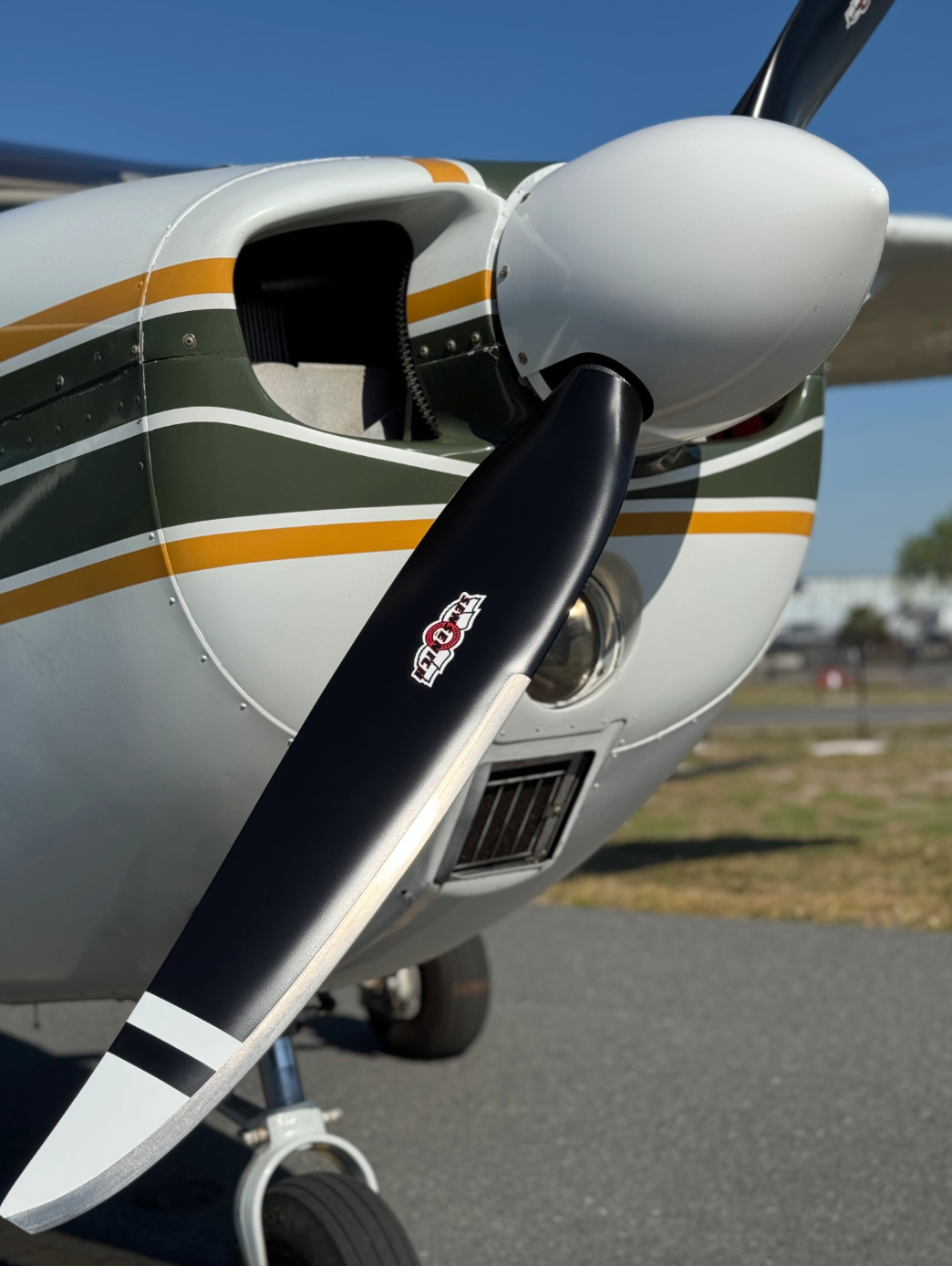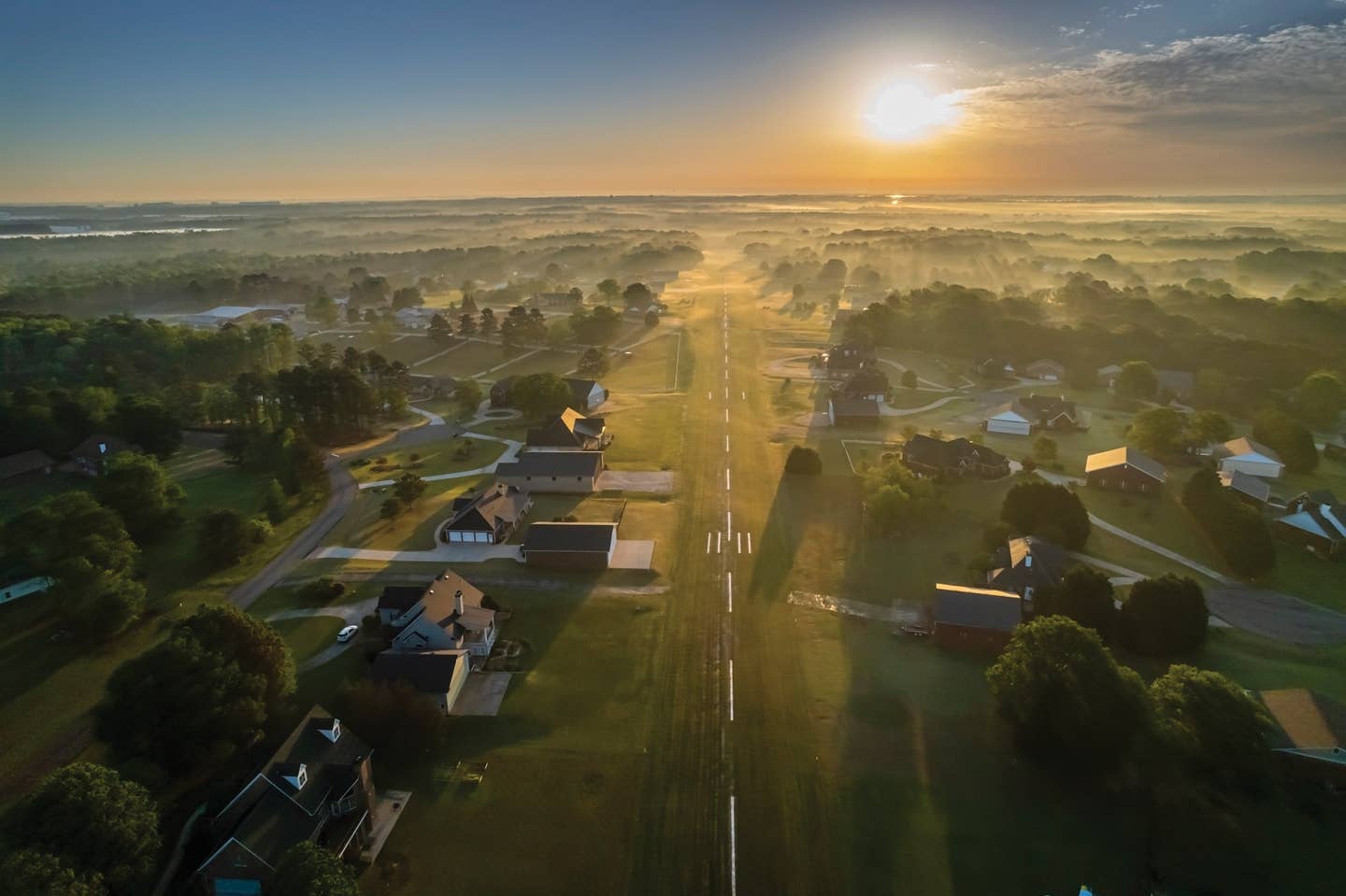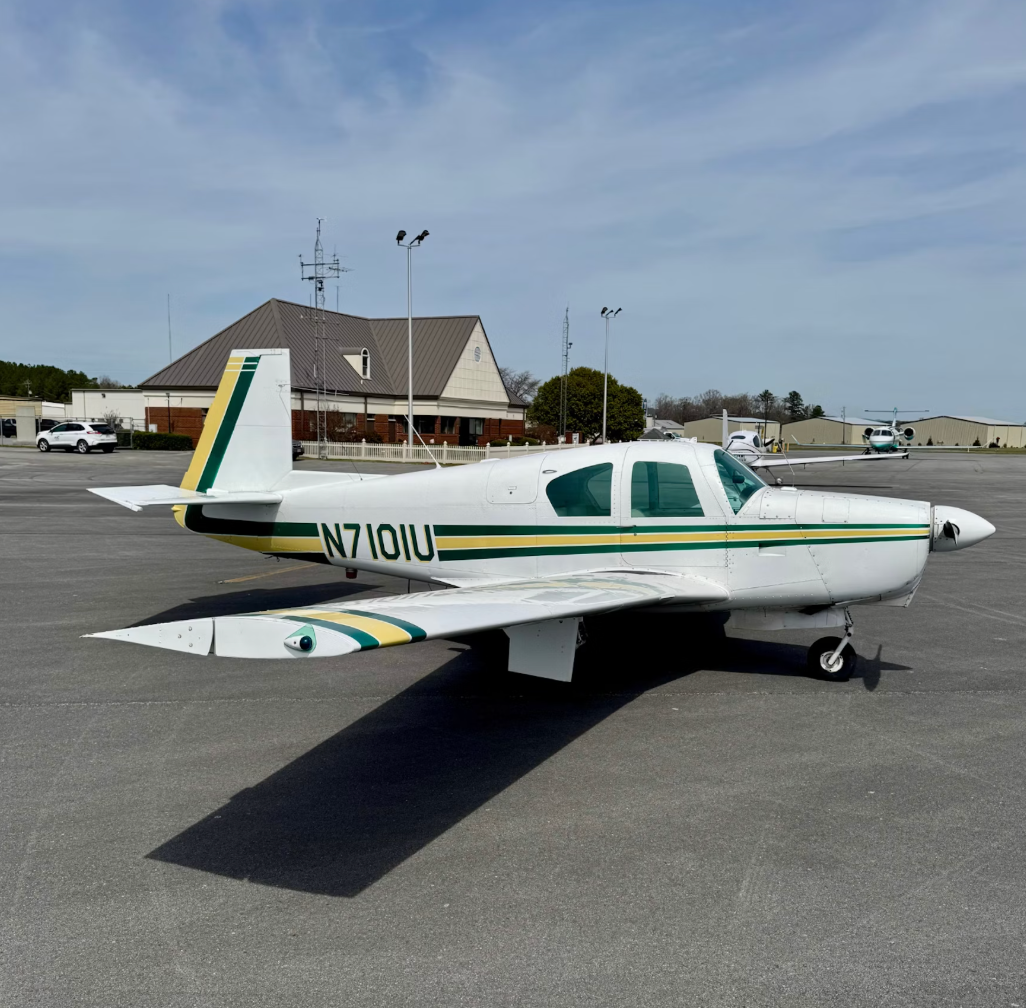Born Short
Some airplanes, however, were short-changed at the factory, particularly if they’ve been modified with larger, thirstier engines. A modified Cessna 152 or Grumman AA-1 with its horsepower boosted from 108-110…

Some airplanes, however, were short-changed at the factory, particularly if they've been modified with larger, thirstier engines. A modified Cessna 152 or Grumman AA-1 with its horsepower boosted from 108-110 to 150 is a two-hour cruiser with standard tanks. A lot of Beech Bonanzas from the 1940s and ’50s have been modified with larger engines but were left with only 39 gallons of standard fuel supply. The early 250-hp Piper Comanches came with the 60-gallon tanks of the 180-hp version, begging for a tip-tank modification.
Beech's first turbocharged Bonanza A36, the A36TC, had the 74-gallon tanks of its normally aspirated sibling, hardly enough to keep it aloft for four hours. The follow-on B36TC hoisted 102 gallons, so it's obvious why so many A36TC's have had tip tanks added to feed the TSIO-520 engine. Turbine-converted airplanes, like the Silver Eagle P210, Soloy 206 and turboprop Bonanzas, will obviously need extra fuel for the thirstier turboprop engine.
Given the need, there are options in add-on fuel systems. Wingtip fuel tanks are a commonly seen modification, sometimes gaining a takeoff weight increase to offset some of the payload limitations. Putting extra fuel on the tips is a better engineering option than adding weight in the fuselage, allowing the wing's span to share the load instead of increasing bending movement at the root. The drag of the tip tank may be offset somewhat by its end-plate effect by controlling tip vortexes. Adding a rear fuselage tank, by comparison, will cause the C.G. to move aft, something to be done with caution because it decreases pitch stability.
In homebuilt airplanes, the designer sometimes starts out with a simple header tank located forward of the cabin but, as bigger engines are installed, will be forced to add wing root tanks to replenish the suddenly insufficient header tank. High-wing EAB types can dump the fuel in by gravity, while low-wing homebuilts will need a pump to lift the gas. Designers of twin-engine airplanes may resort to wingtip tanks to supplement fuel in the wings, or there can be nacelle tanks added aft of the engines.

Subscribe to Our Newsletter
Get the latest Plane & Pilot Magazine stories delivered directly to your inbox

